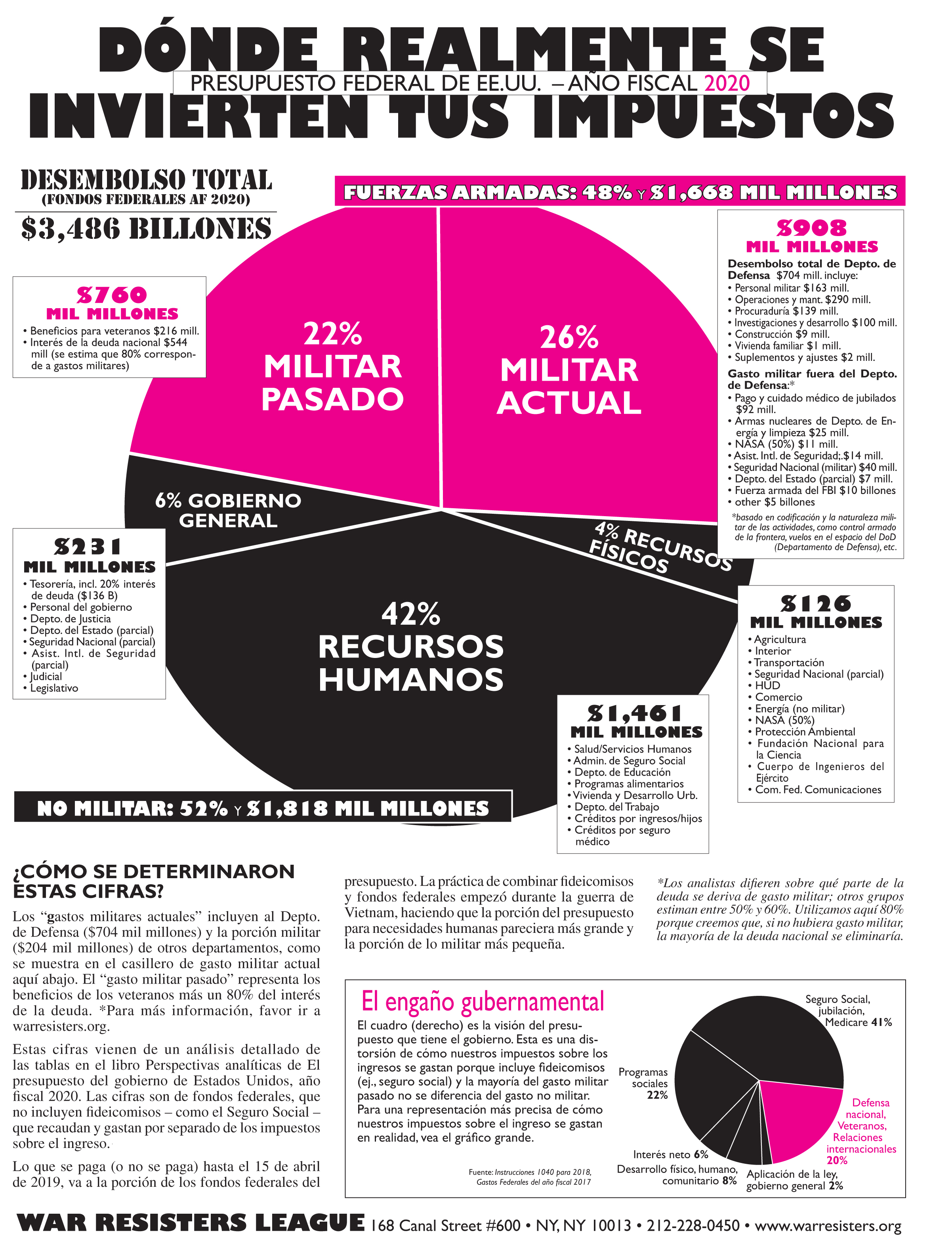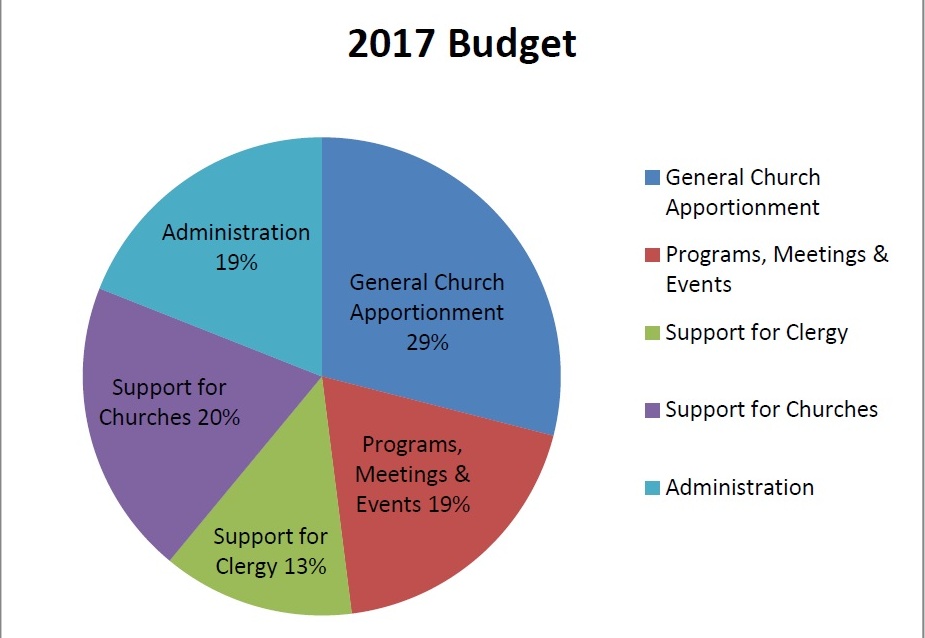
Other mandatory programs have specific funding amounts directly provided in the authorizing law. Examples include: SNAP, by the House Agriculture Committee and the Senate Committee on Agriculture, Nutrition, & Forestry Medicaid, by the House Energy & Commerce Committee and the Senate Finance Committee and veterans’ disability compensation, by the House and Senate Veterans’ Affairs Committees. These authorizing laws are written by the committees of jurisdiction over each such program.

Examples include Social Security, Medicare, Medicaid, federal military and civilian retirement, veterans’ disability compensation, the Supplemental Nutrition Assistance Program, or SNAP (formerly known as food stamps), and some farm price support programs (see chart below). For many of these programs, the authorizing law provides that all who meet eligibility criteria can receive benefits determined by formula or benefits such as health care. The law that authorizes a program and determines its purposes and rules also determines the funding. In the case of mandatory spending (sometimes also called “direct spending”), those two functions are combined. These categories are not named for the relative importance or necessity of the programs involved they refer to the relationship between the law that authorizes a program or activity and the law that determines the program’s spending. About 63 percent of the federal budget is mandatory spending, 30 percent is discretionary spending, and the rest is interest payments on debt (see chart). Federal spending is classified in two basic categories: mandatory and discretionary. In addition, the Congressional Budget Act of 1974 establishes an internal process - called a congressional budget resolution - for Congress to formulate and enforce an overall plan each year for acting on budget legislation, though Congress has increasingly chosen to ignore that process. And many budget decisions are made year by year, through enactment of annual appropriations bills. Other legislation covers multi-year periods, requiring periodic renewal. Under the practices that have evolved, some tax and spending legislation is permanent - unless and until changed, which it often is.

The Constitution makes clear that Congress holds the power of the purse, giving it authority “to lay and collect Taxes, Duties, Imposts and Excises,” and specifying that “No Money shall be drawn from the Treasury, but in Consequence of Appropriations made by law.” In short, federal taxing and spending requires legislation that is enacted into law. Rather, Congress makes spending and tax decisions through a variety of legislative actions in ways that have evolved over more than two centuries. No single piece of legislation establishes the annual federal budget.


 0 kommentar(er)
0 kommentar(er)
